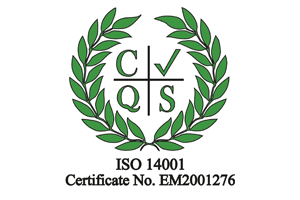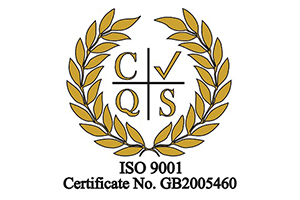What are Dangerous Goods in transportation?
Dangerous goods refer to substances or articles that, due to their inherent properties, pose a risk to health, safety, property, or the environment when they are transported, stored, or handled.
These goods can range from chemicals and explosives to flammable liquids, radioactive materials, and corrosive substances.
Due to their potential hazards, dangerous goods are subject to strict regulations and classification systems to ensure their safe transportation and handling. And companies that transport them by road, air, sea or any other mode of transportation, must have the necessary certification.
Key characteristics of dangerous goods include:
Hazardous Properties: Dangerous goods exhibit specific properties that make them potentially harmful, such as flammability, toxicity, explosiveness, corrosiveness, and reactivity.
Classification: Dangerous goods are classified into different classes and categories based on their primary hazard, as defined by international standards like the United Nations Recommendations on the Transport of Dangerous Goods (UNRTDG).
Labelling and Packaging: Proper labelling and packaging are crucial for identifying and containing dangerous goods during transportation. They must be clearly marked with hazard labels, placards, and safety data sheets.
Transport Regulations: International and national regulations govern the transportation of dangerous goods. These regulations prescribe safety measures, packaging requirements, and documentation standards to minimise risks during transit.
Handling and Storage: Due to their hazardous nature, dangerous goods require specialised handling procedures and often have specific storage requirements to prevent accidents or environmental contamination.
Emergency Response: Emergency response plans and measures are essential for dealing with accidents or incidents involving dangerous goods, including spill control and first aid protocols.
Training and Certification: Individuals involved in the transportation, handling, or storage of dangerous goods typically require specialised training and certification to ensure they understand the risks and safety precautions.
Traditional examples of dangerous goods include:
- Explosives: Fireworks, ammunition, and dynamite.
- Flammable Liquids: Gasoline, alcohol, and acetone.
- Toxic Substances: Pesticides, certain chemicals, and some pharmaceuticals.
- Corrosive Materials: Strong acids and bases.
- Radioactive Materials: Used in medical, industrial, and research applications.
- Oxidizing Agents: Substances that promote combustion.
The transportation and handling of dangerous goods are tightly regulated to protect people, property, and the environment from potential harm. Proper classification, labelling, packaging, and compliance with regulations are crucial to ensuring the safe transport and management of these materials.
Back






